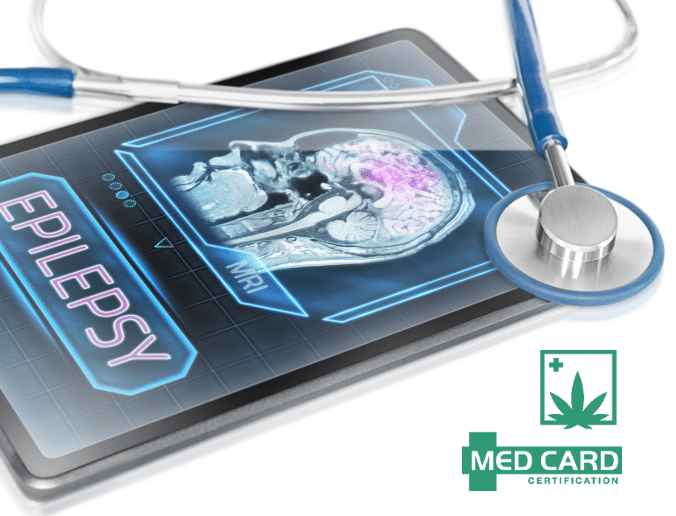
How Medical Marijuana Is Used to Treat Epilepsy and Other Seizure Disorders
For many patients with epilepsy and seizure disorders, medical marijuana is a godsend. But is there enough scientific evidence to back using marijuana to treat seizure disorders? And if so, what is the mechanism by which marijuana achieves this feat? In this post, we’ll answer these questions plus provide a little backstory on how medical marijuana as a treatment for epilepsy and seizure disorders came to light.
Epilepsy is one of the oldest-known and most notorious medical conditions. And epilepsy and seizure disorder patients have been pivotal in altering America’s fast-fading “Reefer Madness” mindset regarding medical marijuana. Today, countless medical marijuana doctors and patients with intractable seizures are reporting a dramatic cessation of seizures with the use of medical marijuana and other cannabis-infused remedies.
In fact, few advocates will argue that the success with treating seizure disorders is what turned the tides in favor of medicinal cannabis. Today, epilepsy tops the list of qualifying conditions for obtaining a medical marijuana card in almost every state where patients have legal access to medical marijuana.
It’s estimated that 50 million individuals are afflicted with epilepsy. In the U.S., approximately 3 million adults and 400,000 children suffer from seizure disorders. Some epilepsy patients have mild symptoms and may only experience one or two seizures annually, while others suffer daily episodes.
A case study in medical marijuana’s efficacy in reducing seizures
A few years back, CNN’s Dr. Sanjay Gupta, who initially was skeptical about the medical benefits of marijuana, ran a CNN special about cannabidiol (CBD) and treatment of intractable epilepsy. The program featured a story about a young epilepsy patient who reported a drastic reduction in both the severity and duration of seizures with the administration of cannabis oil. The report had a galvanizing effect on the medical community, triggering a tsunami of interest in medical cannabis — both marijuana and non-intoxicating hemp.
While this story is legendary, there is another not-so-famous story that helped to kick off Canada’s medical marijuana program over two decades ago.
At the age of four, Torontonian Terry Parker was hit in the head by a playground swing. Sadly, after the impact, Terry began to suffer from severe and intractable seizures. Doctors tried to treat the boy’s condition with heavy doses of prescription drugs but failed to halt his debilitating seizures.
At the age of 14, in an attempt to alleviate his condition, doctors performed a right temporal lobectomy. Tragically the surgery only intensified his seizures, compelling doctors to conduct a second surgery three years later. Terry’s symptoms persisted after the procedure and he was subsequently hospitalized more than 100 times due to injuries sustained during seizures.
At the age of 17, shortly after his second unsuccessful surgery, Terry began smoking marijuana. He noticed immediately that his seizures seemed to abate after ingestion of the herb. He shared the information with his doctor who concurred that the marijuana was indeed reducing the frequency and severity of his seizures.
The doctor advised Terry to keep a log of his daily marijuana use, and eventually gave him a letter indicating the necessity of cannabis for seizure control.
In 1987, Terry was arrested for possession of an illegal substance, but was acquitted due to what was deemed a “medical necessity.” Terry faced further criminal charges in July of 1996 for possession and cultivation when 71 plants were confiscated. He was also charged with trafficking because he had been supplying other epileptics with marijuana.
In 1997, a judge agreed that Parker’s charter rights to “life, liberty, and security” were violated and ordered the police to return Terry’s marijuana plants. Then three years after Terry’s arrest, the Ontario Court of Appeal ruled that denying Terry access to medicinal marijuana was unconstitutional.
After the ruling, a new Medical Marijuana Access program was created, setting the stage for Canada’s future medical marijuana program. In the wake of this case, hundreds of epilepsy patients were granted exemptions. In 2003, based on the Parker decision, many courts began throwing out possession charges for medical marijuana patients.
Terry Parker’s incredible story resonated throughout the world and triggered numerous clinical studies specifically to determine the efficacy of marijuana for the treatment of seizure disorders. The sheer number of high-profile cases such as this one can no be ignored any longer.
Is there scientific evidence that medical marijuana reduces epileptic seizures?
There is still a dearth of knowledge when it comes to fully comprehending the mechanism behind marijuana’s efficacy in the treatment of epilepsy. However, supplementation with medical marijuana has repeatedly shown to reduce the duration, frequency, and severity of seizures not only in lab animals but also in clinical settings.
Many children suffering from intractable epilepsy in the U.S. are now being successfully treated with a cannabis-based drug called Epidiolex. Additionally, Canada has recently approved another cannabinoid-based medication called Sativex for the treatment of neurological disorders. In order to pass muster with federal regulators, prior to being placed on the market, these medications had to undergo rigorous clinical trials to ascertain their efficacy and safety.
In 1981, decades of such clinical trials on epilepsy and medical marijuana were reviewed. The study yielded some interesting results. Overall, 80% of the participants who were treated with medical marijuana reported significant overall improvements in their condition.
The Journal of Clinical pharmacology published a paper around the same time titled, “The Cannabinoids as Potential Antiepileptics”.” The authors of the study wrote:
“The results of a study of the electrophysiological mechanisms of action indicate that cannabidiol produces some unique effects … The anticonvulsant nature of cannabidiol suggests that it has therapeutic potential in at least three of the four major types of epilepsy: grand mal, cortical focal, and complex partial seizures.”
Many years later in 2017, a paper titled, “Could Cannabidiol be a Treatment Option for Intractable Childhood and Adolescent Epilepsy?” was published by Korean researcher Chung Mo Koo who had been investigating the results of numerous clinical trials.
One of these studies concerns a patient who was administered cannabinoids daily. The patient reportedly experienced 50% fewer seizures. Another trial showed a reduction of seizures by a third after two months of cannabinoid administration, and another 50% reduction after six months of cannabinoid treatment. Several more clinical trials were discussed in Koo’s paper, all indicating positive outcomes after the application of cannabis.
The vast clinical evidence from these research trials and studies strongly indicates medical marijuana’s efficacy and safely treating the symptoms of intractable epilepsy.
How does medical marijuana reduce epileptic seizures?
Epileptic seizures are caused by uncontrolled electrical activity in the brain. Symptoms such as convulsions, attention lapses, loss of consciousness, and involuntary movements can be attributed to the misfiring of neurons.
Not all epilepsy patients will benefit from the use of cannabis. However, according to reams of clinical research data, in some seizure disorder cases, an imbalance in cannabinoid receptors or endocannabinoid deficiencies is believed to be responsible for this uncontrolled brain activity.
Cannabinoids are a category of active compounds found in both marijuana and in humans. The cannabis plant produces a category of cannabinoids known as phytocannabinoids. These include THC, CBD, and CBG, in addition to other less common cannabinoids. The human body also creates a collection of cannabinoids known as endocannabinoids. Phytocannabinoids have been shown to mimic the effects of endocannabinoids to some extent.
Endocannabinoid receptors residing on the surface of brain cells have the ability to pick up and engage with both types of cannabinoids. When cannabinoids bind with cannabinoid receptors it causes an interaction that modulates the activity of neurons. So, in essence, cannabinoids effectively promote orderly brain activity by regulating the flow of signals within the brain.
How is medical marijuana used to treat seizure disorders?
In order to treat seizure disorders, cannabis is used systemically. That means the cannabinoids enter the bloodstream — either by inhalation, absorption, or ingestion. They then spread throughout the entire body, including the brain.
Determining which delivery methods and formulas are ideal for a patient’s condition can be tricky. Some experimentation is required.
Some commonly available options include marijuana flower, cannabis concentrates, tinctures, inhalers, and patches. Furthermore, each of these products comes in a wide variety of combinations of various cannabinoids as well as terpenes.
It’s also important to point out that there are strains of cannabis that produce buds that are essentially devoid of THC but rich in CBD or CBG. These are collectively known as hemp. The options available to epilepsy patients and others suffering from seizures are practically endless. These options should be discussed with a qualified healthcare professional with experience in using cannabinoids to treat seizure disorders.
In summary, cannabis and its derivatives — not just marijuana — are proving to offer those who suffer from seizures a natural, safe, and effective herbal supplement that can vastly improve their quality of life.
get a marijuana card for Epilepsy & Seizure Disorders

Sign Up for Medical Cannabis Today!
For potential patients, if you’re ready, we make it easy to connect with a medical marijuana doctor nearby or online. If you are interested in getting certified, please fill out the MMJ patient registration form below and press submit to get started. See if you qualify today!

MedCard Registration Form

Helpful Medical Marijuana Links:
Studies And Additional Reading
- Marijuana: an effective antiepileptic treatment in partial epilepsy? A case report and review of the literature
- Cannabinoids in the Treatment of Epilepsy: Current Status and Future Prospects
- Medical Cannabis for Intractable Epilepsy in Childhood: A Review
- Historical perspective on the medical use of cannabis for epilepsy: Ancient times to the 1980s
- Medical marijuana helps stem 6-year-old’s seizures
- Cannabis and epilepsy: An ancient treatment returns to the fore
- Cannabinoids, hippocampal excitability, and efficacy for the treatment of epilepsy
- Pharmacological and Therapeutic Properties of Cannabidiol for Epilepsy
- Chronic administration of cannabidiol to healthy volunteers and epileptic patients
- Potential Clinical Benefits of CBD-Rich Cannabis Extracts Over Purified CBD in Treatment-Resistant Epilepsy: Observational Data Meta-analysis


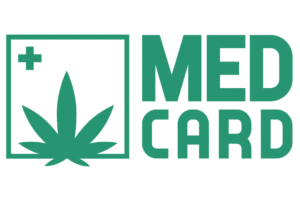
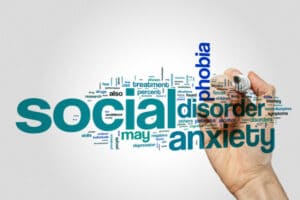

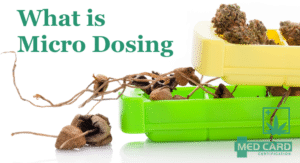

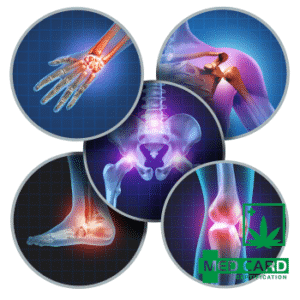
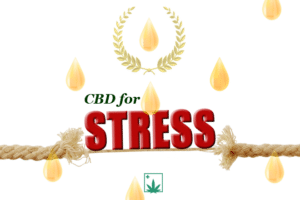
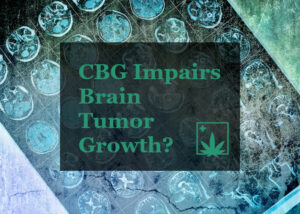
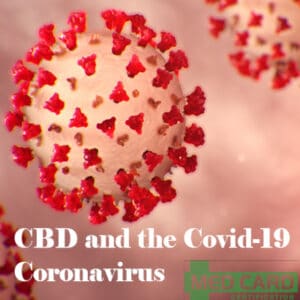

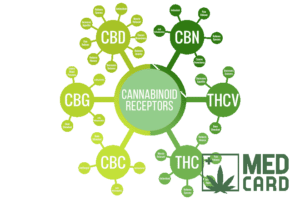
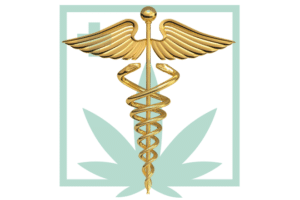

I’m being treated for seizures, anxiety and depression by a neurologist since 1908 or 1909. I take 13 and 1/2 pills per day and still have trouble copping at times when I get upset or angry.
I have epilepsy and would like to get medical card.
I have a bad heart high cholesterol and high blood pressure bad back from car accident do I qualify??
I want to know if I can get my medical marijuana card for my epilepsy or for my seizure disorders will you please help me with that cause I”m hurting really bad
How to get a medcard